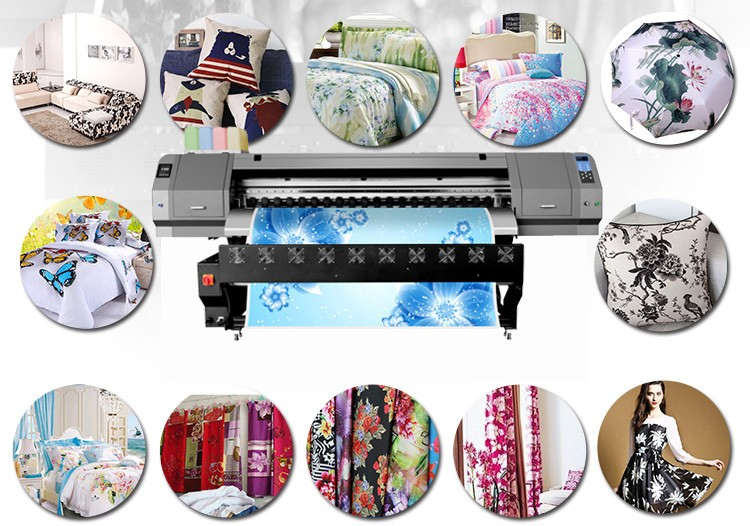Principle of thermal sublimation transfer printing
2018-09-10
Sublimation method generally goes through three processes: before the transfer process, all dyes are in the printing film on the paper, the dye concentration in the printed fabric and air gap is zero, and the size of the air gap depends on the fabric structure, yarn count and transfer pressure; In the transfer process, when the paper reaches the transfer temperature, the dye begins to volatilize or sublimate, and forms concentration volatilization between the Sublimation Paper and the fiber. When the printed fabric reaches the transfer temperature, the dye adsorption begins on the fiber surface until it reaches a certain saturation value. Because the transfer of dye from paper to fiber is continuous, the adsorption rate depends on the rate of dye diffusion into the fiber. In order to make the dye diffuse directionally, vacuum is often pumped on the lower side of the bottom electrode of the dye to make the dye achieve directional diffusion transfer; After the transfer process, after the dyed object is colored, the dye content on the paper decreases, and some of the remaining dyes migrate to the interior of the paper. The amount of residual dyes depends on the steam pressure of the dyes, the affinity of the dyes to the size or Heat Transfer Paper and the thickness of the printing DTF Film. Sublimation method generally does not need wet treatment, which can save energy and reduce the load of sewage treatment.
